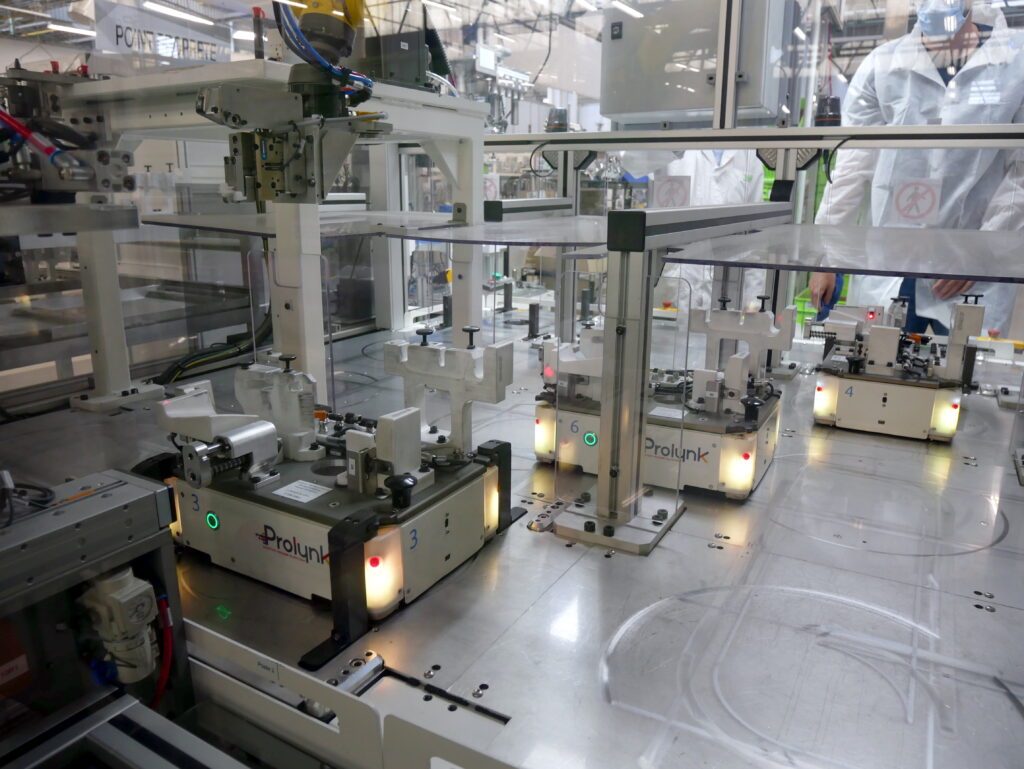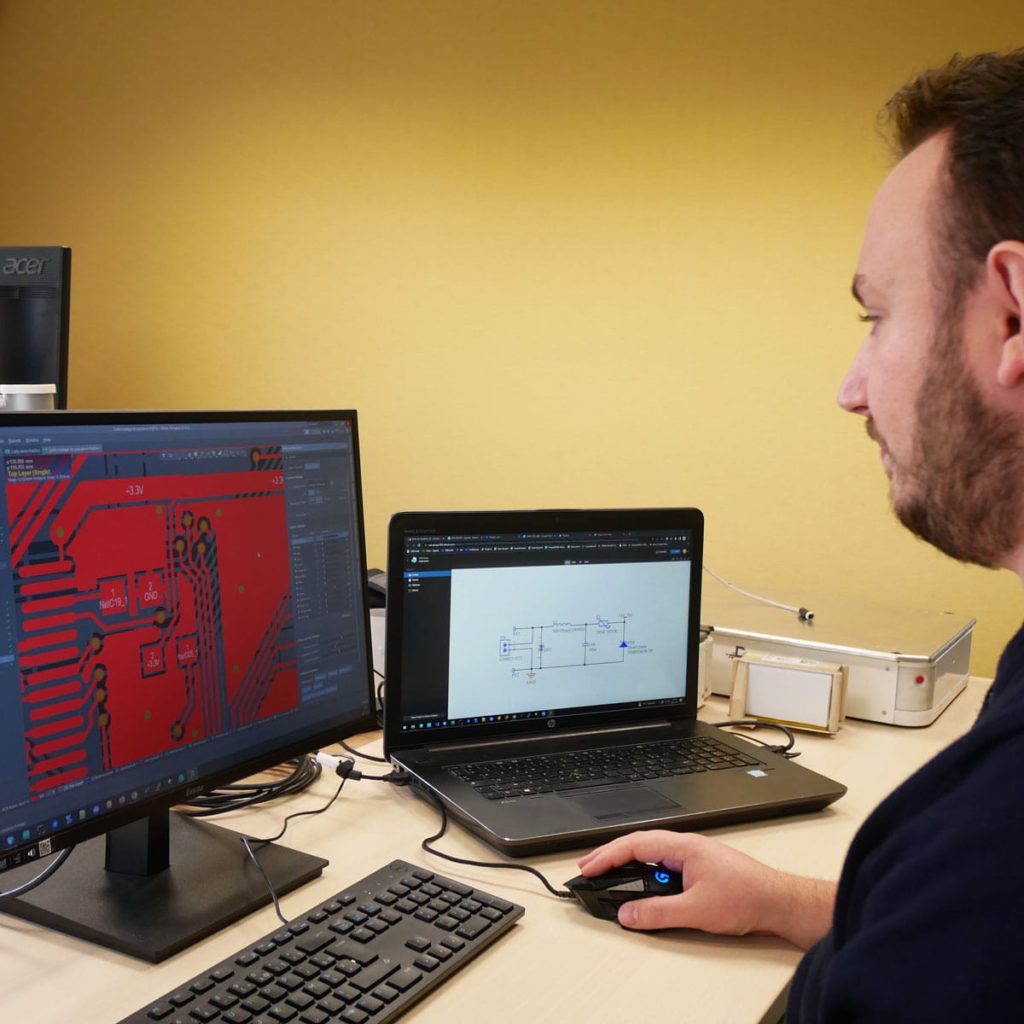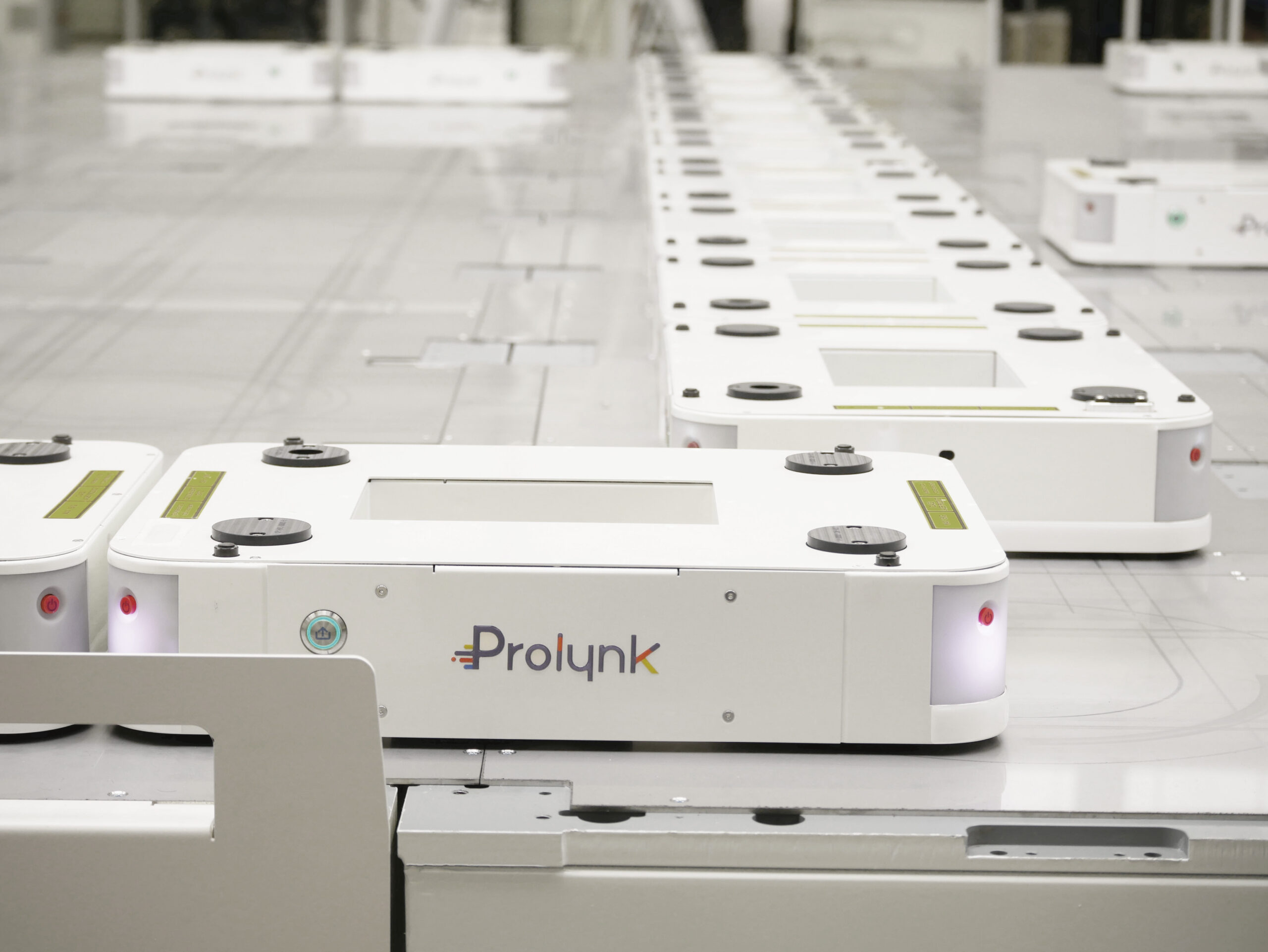Every manufacturer's dream is to have standard, generic production lines that can be adapted to each product.
This is the exact opposite of a conventional production line, which is dedicated to each product and, in most cases, impossible to reuse. In recent years, certain industries, with the support of machine manufacturers, have succeeded in introducing flexible, reusable, multi-format machines.

Let's take a simple example: the cosmetics industry, which needs to produce a wide variety of products using standard production resources.
The challenge is to adapt to :
Product recipes or formulas (fragrance, texture, color, etc.).
Different packaging: shape and quantity of products.
This is done with a view to preserving machines for different product generations. The technologies available today easily meet this challenge: magnetic conveyors, bucket adaptation, process automation…
The whole ecosystem has been brought into line to meet the needs of manufacturers seeking to respond to the constraints imposed on them: manufacturing a wide range of products with generic, reusable production resources. It is economically impossible to multiply the number of machines to meet this diversity of needs.
What facilitates this approach overall is that the production cycle is generally always the same.
The manufacturing industry faces the same demand, but with very different production constraints. How can we find a solution for re-usable machines in the following context?
- The assembly sequence is specific to each product.
- Processes are sometimes identical, but tooling is specific to each product..
- Products are evolving, and life cycles are becoming shorter and shorter.
- Amortization of production resources is becoming increasingly complex.
- Contracts with customers are sometimes based on volume risks, with no guarantees.
Today, special-purpose machines are a thing of the past, and customers are looking for solutions to this situation.
What solutions are available to customers?
What is possible and perfectly controllable:
- Standardize processes and adapt tools to suit products.
- Automatic or manual tool changeover.
- Create machine sub-assemblies for each process function: modular workstations.
What transfer solutions can support this need for generic machines?

A matrix transfer system offers the best solution:
- Programmably adjust assembly sequences.
- Pool processes and reuse them when needed.
- No mechanical constraints and freedom of flow within the machine.
Let's take a concrete example. We helped a customer make the transition from a standard to a catalog assembly line. With the help of a machine builder, we carried out the following analysis:
- All processes are identical: dispensing, plasma treatment, screwing, AOI…
- Tools can be customized.
- The assembly sequence can be customized.
With this in mind, we developed the following approach: each process is an autonomous catalog module.
An assembly line is therefore made up of standard modules, depending on the process and production volume required. A matrix transfer solution like PROLYNK offers full freedom of programmed movement within the machine.
Assembly lines become completely standardized and reusable, eliminating all industrial risks.
All processes are perfectly controlled, tooling is customized and the machine base is a standard that can be deployed on any production site.
If you want to standardize your production resources, we have the solutions for you.
Antonio Sanchez / Commercial Director
